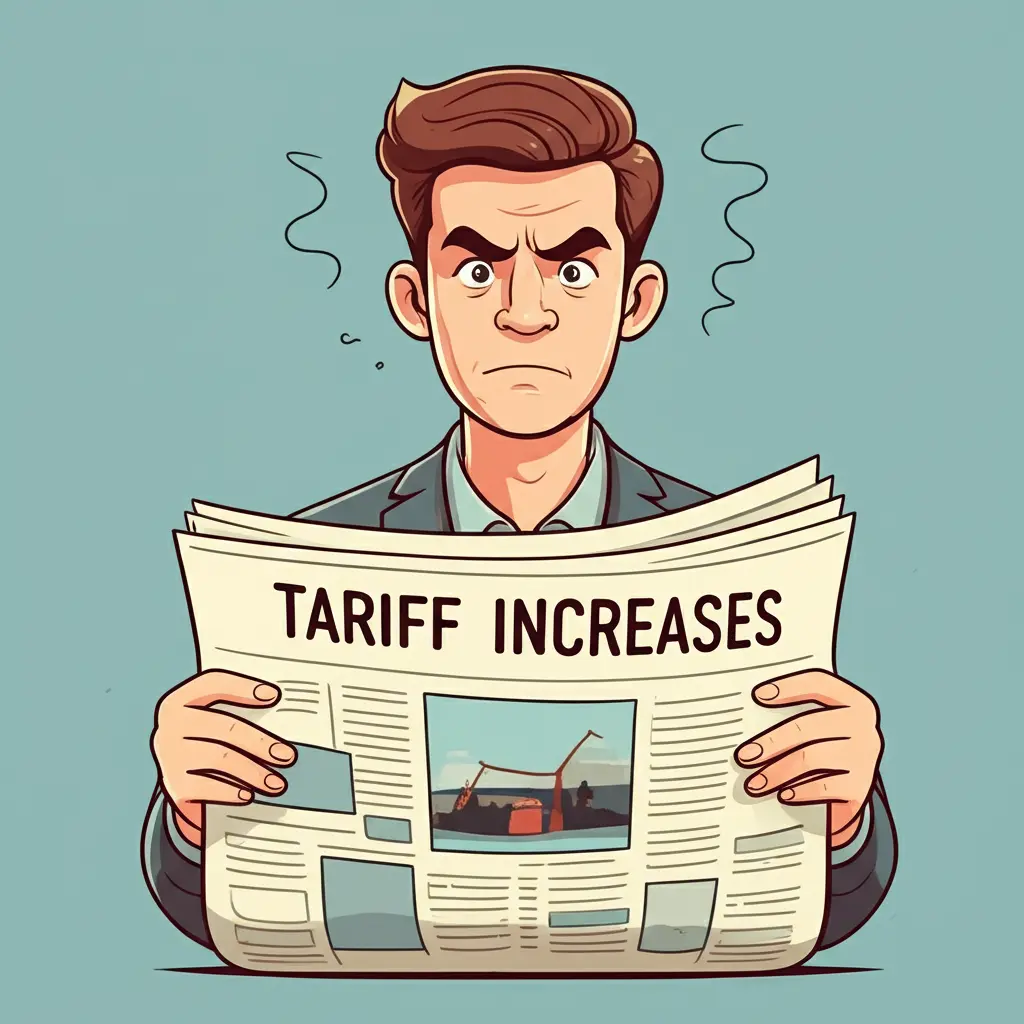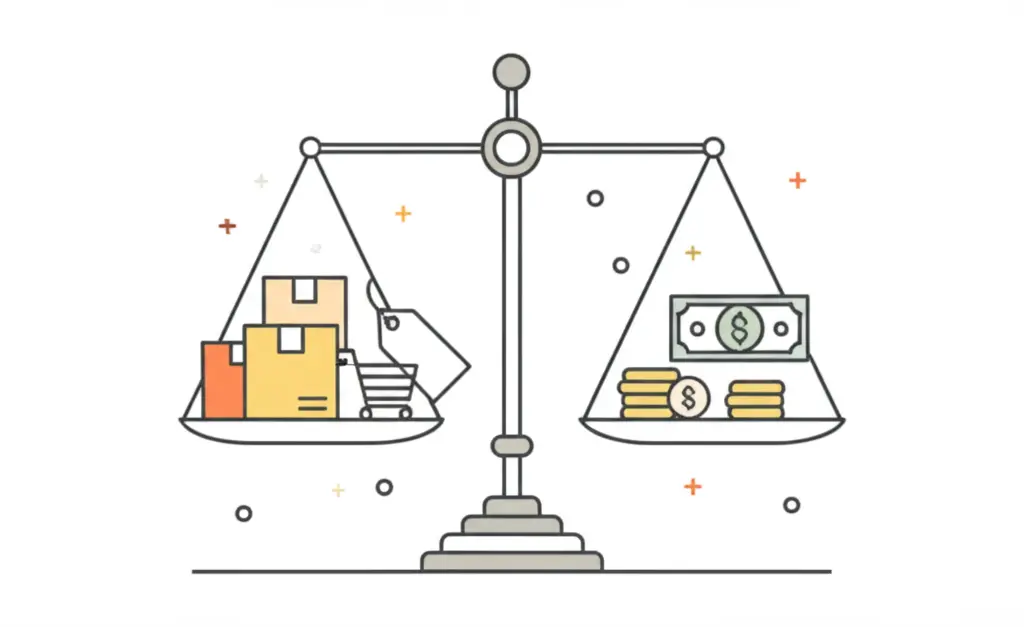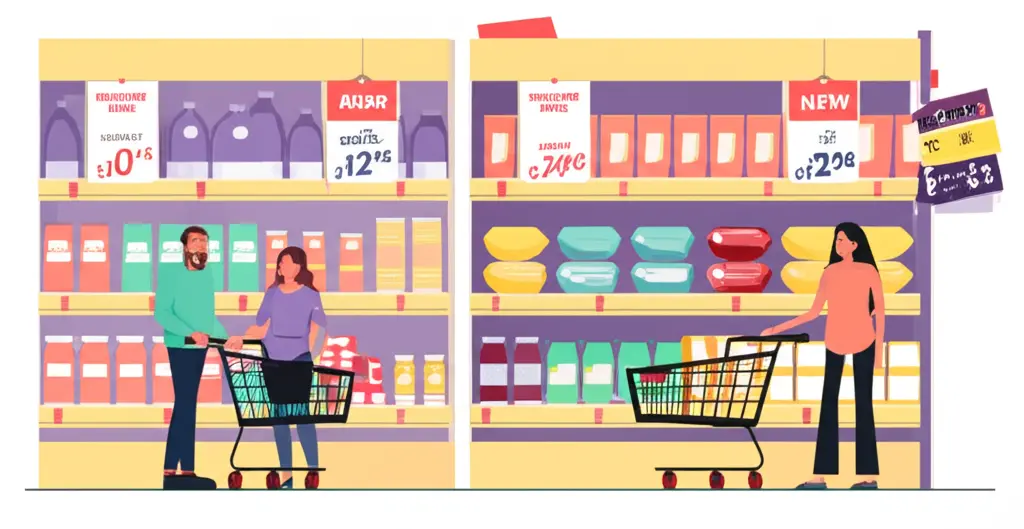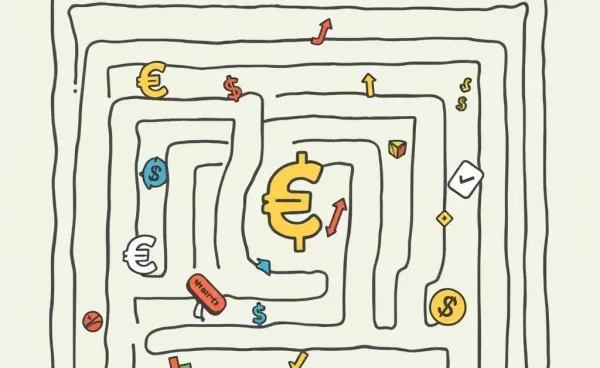Navigating Tariffs: How Rising Costs Affect Your Everyday Purchases
Explore how tariffs and cost increases impact your daily shopping.

Hey there! Let’s chat about something that might not seem exciting at first, but actually affects your life more than you may think: tariffs and rising costs. Yep, those headlines you’ve probably seen about tariffs aren’t just political talk—they hit home every time you shop. So, let's dive into how these economic shifts are playing out in real life, and what you can do about it.
What Are Tariffs and Why Do They Matter?
Alright, let’s break it down. A tariff is basically a tax imposed by one country on goods and services imported from another. Governments use tariffs to encourage consumers to buy domestic products or as a bargaining chip in international trade discussions. But when tariffs go up, so do the prices for all kinds of products, from your favorite snacks to power tools.

How Do Tariffs Affect Prices?
Imagine your go-to power drill is imported and suddenly has a 10% tariff. The company selling it either eats the cost, which affects their bottom line, or passes it on to you—the buyer—in the form of a higher price. Spoiler alert! It’s usually the latter.

Everyday Products Feeling the Pinch
Okay, let's make this relatable. Here’s a quick list of products likely impacted by tariffs, just so you know what to keep an eye on during your next supermarket visit:
- Kitchen Appliances: Coffee makers and blenders, imported from overseas, often reflect increased costs.
- Electronics: Laptops and smartphones can have steeper price tags due to tariffs on parts.
- Groceries: Anything with ingredients from abroad like certain spices or cheeses might be pricier.
Plan Your Purchases Smartly
Here's a tip: start comparing prices before buying anything big-ticket. Keep tabs on sales, use price comparison apps, and buy in bulk when it makes sense. It’s not about being cheap—it’s about being savvy!

In Conclusion
It’s amazing how these big economic policies trickle down to the everyday level. Knowing a bit about tariffs and price changes won’t make them disappear, but it can help you make more informed decisions. Next time you’re surprised by a higher price tag, you’ll know just where that extra cost is coming from.
What products have you noticed rising in price? Share your thoughts in the comments below. I'd love to hear your stories!




